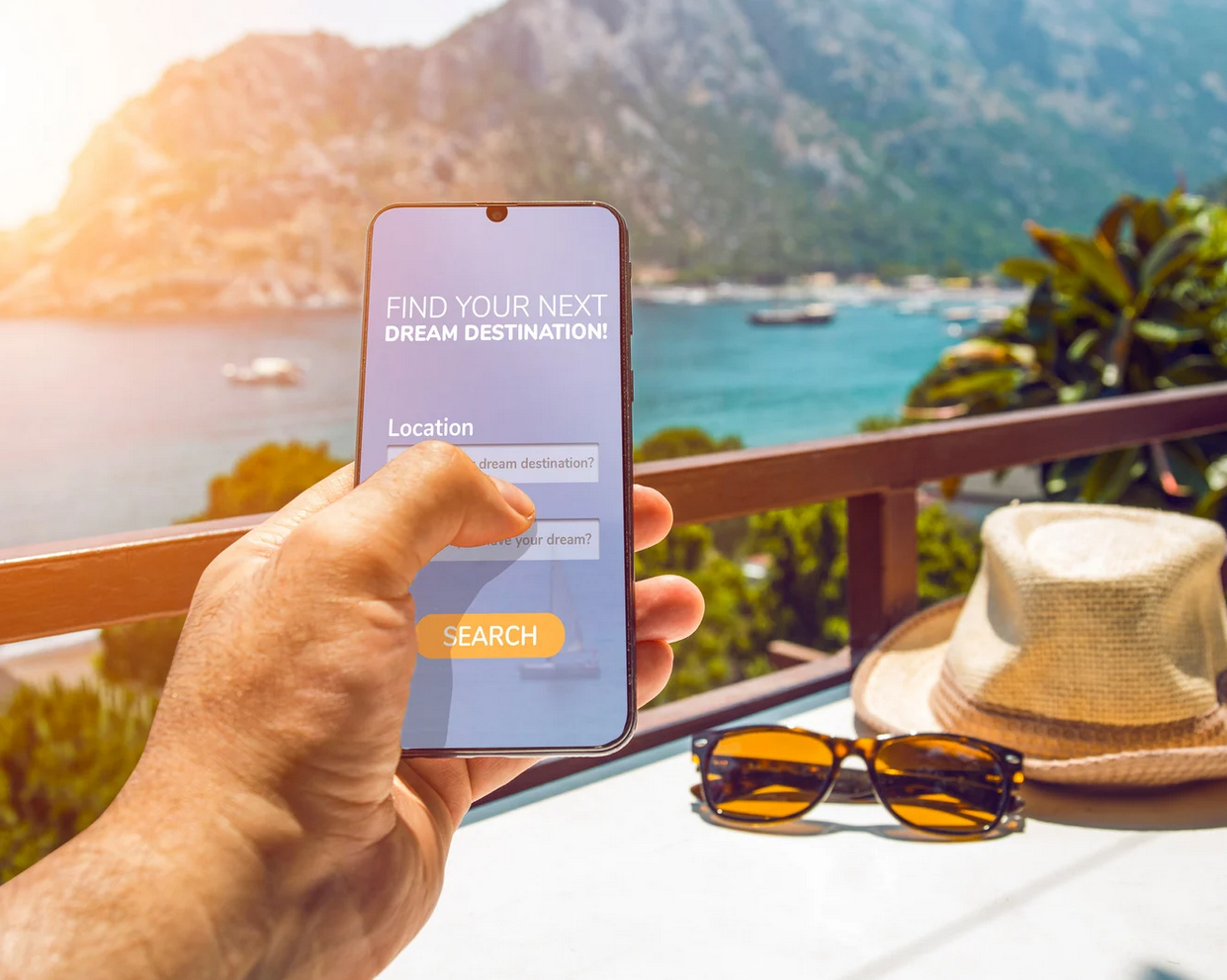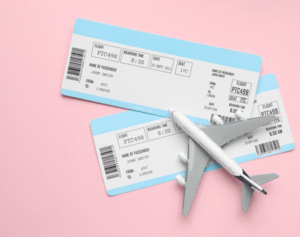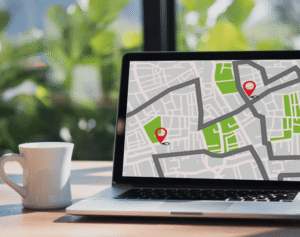Nobody books a vacation with their calculator out. Sure, budget matters—but what actually makes someone hit “reserve now” at 11 PM on a Tuesday? Pure emotion. That nagging voice whispering “you deserve this” after another brutal workweek.
Yet here’s the frustrating part: travelers are champion procrastinators. They’ll bookmark destinations, save Instagram posts, and keep seventeen browser tabs open… then book absolutely nothing. Why? Because while wanderlust runs on feelings, decision-making gets tangled up in overthinking.
The secret? Understanding what’s really happening in your customer’s head.
The Choice Overload Trap (And Why Less Is More)
Picture this: someone wants a beach vacation. You show them 847 options across twelve countries with forty-seven different filter combinations. Congratulations—you’ve just paralyzed them.
Choice overload isn’t theoretical; it’s the reason people abandon travel sites faster than they abandon Netflix when they can’t pick a movie. Too many options trigger anxiety, not excitement.
Smart travel brands figured this phenomenon out years ago. Instead of displaying every possible trip, they curate. “Weekend Escapes Under $500.” “Digital Nomad-Friendly Cities.” “Stress-Free Family Adventures.”
When people feel guided instead of overwhelmed, something magical happens—they actually book things.
Trust Signals That Actually Work
Here’s something uncomfortable: your website might look sketchy, and you don’t even know it. Travel booking requires serious trust. You’re asking someone to hand over their credit card for an experience they can’t touch, taste, or try on first.
Dated design screams “amateur hour.” Missing reviews feel suspicious. Vague refund policies trigger red flags. And buried customer service info? That’s basically telling people, “good luck if something goes wrong.”
The fix isn’t complicated—it’s just overlooked. Real reviews from actual travelers (not obvious fakes). High-quality photos that aren’t clearly stock imagery. Crystal-clear cancellation policies. A phone number that doesn’t require a treasure hunt to find.
But here’s the game-changer most people miss: tone. Your copy shouldn’t sound like it was written by a corporate robot. It should feel like advice from that well-traveled friend who knows the best hole-in-the-wall restaurants and always packs the perfect amount of stuff.
The Spontaneity Myth Everyone Believes
“I’m so spontaneous! I just booked this trip on a whim!”
Yeah, right. Maybe one percent of travelers actually do that. The rest of us? We follow a predictable pattern: daydream phase, research phase, comparison phase, then—finally—booking stage. This process takes weeks, sometimes months.
Your job isn’t to rush this timeline; it’s to stay relevant throughout it. Email sequences that feel helpful, not pushy. Retargeting ads that remind without annoying. Cart abandonment follow-ups that add value instead of just nagging.
And timing matters more than you think. A “rooms filling up” notification hits different when someone’s already decided they want the trip versus when they’re still just browsing.
FOMO: The Decision Accelerator
Fear of missing out isn’t just for teenagers and concert tickets. It’s hardwired into how humans make choices, especially about experiences we might regret skipping.
Real-time booking notifications work because they’re social proof and scarcity wrapped together. “Sarah from Denver just booked this tour” feels authentic. “Only 2 spots left!” creates urgency. But—and this is crucial—it has to be real. Fake urgency gets spotted immediately and kills trust permanently.
Seasonal FOMO hits different too. “Fall colors peak in three weeks” feels immediate and actionable. “Amazing destinations for 2025” feels like something people will bookmark and forget about.
The Planning High (Yes, It’s Real)
Neuroscience reveals something fascinating: planning a trip releases dopamine. Sometimes more than the actual trip itself. Your brain lights up just thinking about future experiences.
This means your website shouldn’t feel like filling out tax forms. Make planning enjoyable. Interactive maps, destination quizzes, and mood boards that let people visualize their perfect trip. Turn daydreaming into engagement.
And don’t underestimate the social aspect. Travel planning happens in group chats, over coffee with friends, and in late-night conversations with partners. Build sharing features that work with how people actually make these decisions.
Visual Storytelling That Converts
Words matter, but let’s be honest—people scan first, read second. Your photos and videos carry more emotional weight than any headline ever will.
But here’s where most travel brands mess up: they show perfection instead of possibility. That Instagram-perfect shot of a couple in matching white linen outfits sipping champagne at sunset? It’s gorgeous, but it doesn’t feel achievable for most people.
Show real travelers having genuine moments. Diversity in age, background, and travel style. Joy that feels authentic, not staged. People want to see themselves in your content, not feel inadequate compared to it.
Understanding The Emotional Journey
Every bounce, every abandoned cart, and every “I’ll think about it” represents someone who wanted something and didn’t get it. Maybe they didn’t trust your site. Maybe the timing wasn’t right. Maybe you just spoke past their actual desires.
Converting browsers into buyers means recognizing that travel decisions are deeply personal. People aren’t just buying flights and hotels—they’re buying the story they’ll tell afterward. The Instagram post they’ll share. The memories they’ll replay for years.
Speak to the craving, not just the logistics. Address the why behind the where. Make the booking process feel like the first step of an adventure, not the last step of a transaction.
The Bottom Line On Booking Psychology
Travel marketing isn’t about pushing products—it’s about understanding desires. The most successful travel brands don’t just sell destinations; they sell the feeling of being there.
Ready to transform your booking experience based on how travelers actually think and decide? Travel Tours Digital Marketing specializes in turning travel psychology into real bookings through strategic web design, SEO optimization, targeted paid ads, email marketing and social media marketing that speaks to wanderlust. We understand the emotional journey because we’ve mapped it dozens of times across every digital touchpoint.
Let’s turn all that browsing into actual bookings. Contact Travel Tours Digital Marketing today—we’re ready when wanderlust meets reality.




















